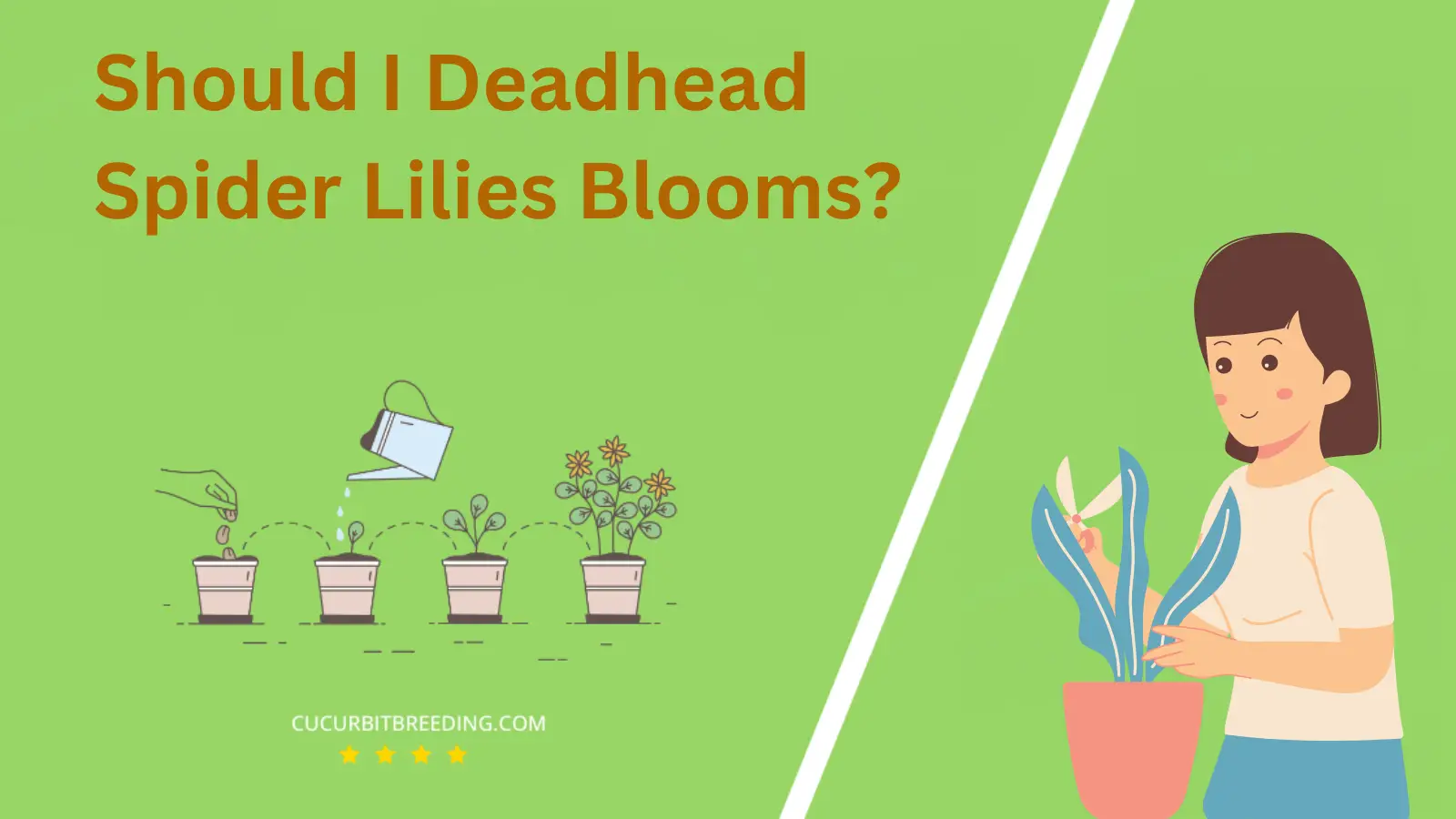
Have you ever wondered, “When do Spider Lilies bloom?” These exotic flowers, known for their striking appearance, are a sight to behold. But their blooming period may not be as straightforward as you think.
In this article, we delve into the mysterious world of Spider Lilies, exploring their unique growth patterns and the pivotal factors influencing their blooming time. Stay with us to uncover the intriguing secret of these captivating blossoms.
When Do Spider Lilies Bloom?
Spider lilies generally bloom in late summer to early fall. Specifically, they typically flower from September to October in most regions. Timing can, however, slightly vary depending on the local climate and specific variety of the spider lily.
| Stage | Description |
|---|---|
| Germination | Spring (March-April) |
| Growth | Spring (March to May) |
| Blooming | Late summer to early autumn (August-September) |
| Dormancy | (December to February) |
How Long Do Spider Lilies Bloom?
Spider lilies, also known by their scientific name Hymenocallis, typically bloom for a period of about two to three weeks. This blooming period usually falls in late summer or early fall, depending on the climate and specific conditions of their environment. It’s important to note that the exact duration can slightly vary based on factors such as soil quality, sunlight, and watering practices.
How Light Affects Spider Lilies Blooms?
Light plays a significant role in the blooming of Spider Lilies. Spider Lilies require full sun to partial shade for optimal growth and bloom. This means they need at least 6 hours of direct sunlight each day. However, they can also tolerate partial shade, particularly in hotter climates where too much direct sunlight can cause the foliage to scorch.
The quality of light they get also impacts their bloom. The more intense the light, the more vibrant their flowers. However, if the light is too intense, it may also affect their overall health and growth. Thus, providing the right balance of light ensures the Spider Lilies will produce their characteristic vibrant blooms.
Will Spider Lilies Bloom the First Year You Plant Them?
Typically, Spider Lilies do not bloom in their first year after planting. This is largely due to the fact that they require a settling period to adjust to their new environment and establish a healthy root system. It’s usually in their second year, and subsequent years, that Spider Lilies produce their distinctive blooms.
Will Spider Lilies Bloom Every Year?
Yes, Spider Lilies will bloom every year. They are perennials that return each year to bloom in late summer or early fall. However, they require specific conditions to thrive, including well-drained soil and full sun or partial shade. If these conditions are met, you can expect your Spider Lilies to bloom annually.

Should I Deadhead Spider Lilies Blooms?
Yes, you should deadhead spider lilies blooms. Deadheading, or removing spent flowers, helps the plant to conserve energy that can be used for more growth and blooms. When the blooms of the spider lilies begin to fade and wither, you can remove them by cutting the stem at the base. This keeps the plant looking neat and encourages further blooming.
Top Reasons a Mature Spider Lilies May Stop Flowering

Mature Spider Lilies may stop flowering due to several reasons. Insufficient sunlight is one primary cause, as these plants need plenty of light to bloom. Improper watering is another common issue; both overwatering and underwatering can lead to non-flowering. Spider Lilies also require a specific period of dormancy to flower. If they don’t get this rest period, they might not bloom.
Additionally, lack of nutrients, specifically phosphorus, could also be why your Spider Lilies aren’t blooming. This nutrient is crucial for flowering in plants. Also, overcrowding can hinder blooming as well, since Spider Lilies need space to grow and bloom. Finally, disease or pest infestation might cause the plant to focus energy on survival rather than flowering.